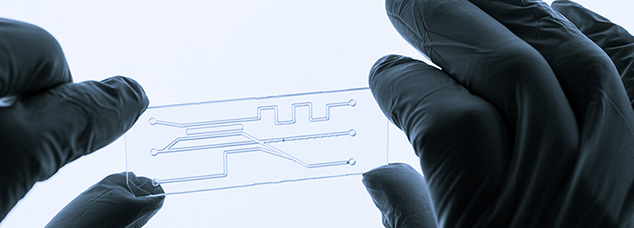
Bhushan Toley’s group developed a barrier-free design using a paper stacking strategy, enabling multiplex colorimetric detection without patterning barriers. This innovation could significantly simplify and scale up the fabrication of paper-based diagnostic devices.
Paper has found an important role in conducting bioanalytical reactions in low resource settings, where expensive analytical instruments may be lacking. The Whitesides group at Harvard University first introduced microfluidic paper analytical devices (μ PADs) as low-cost paper devices for conducting multiplexed colorimetric detection of analytes in a fluid. Since then, hundreds of groups around the world have developed μPADs for the detection of various analytes. The fabrication of μPADs requires patterning of flow barriers using wax or other hydrophobic materials to create flow channels in paper, which is a bottleneck in large scale fabrication. Bhushan Toley’s group has developed a new barrier-free design in which multiplex colorimetric detection is accomplished, without having to pattern any barriers in paper. Barrier-free μPAD (BF μPAD) was accomplished by a paper stacking strategy in which multiple detection reagent spots are deposited on the bottom layer and the sample fluid is introduced into the top layer. The strategic combination of paper layers is such that it eliminates lateral convection in the bottom membrane. As a result, the multiple test zones in the bottom membrane do not merge into each other. Fabrication of multiplex colorimetric detection paper-based devices simply by stacking paper membranes may enable massive scaleup of such devices in the near future.
Reference: Ayushi Chauhan and Bhushan J. Toley, Barrier-Free Microfluidic Paper Analytical Devices for Multiplex Colorimetric Detection of Analytes, Anal. Chem. 2021, 93, 25, 8954–8961